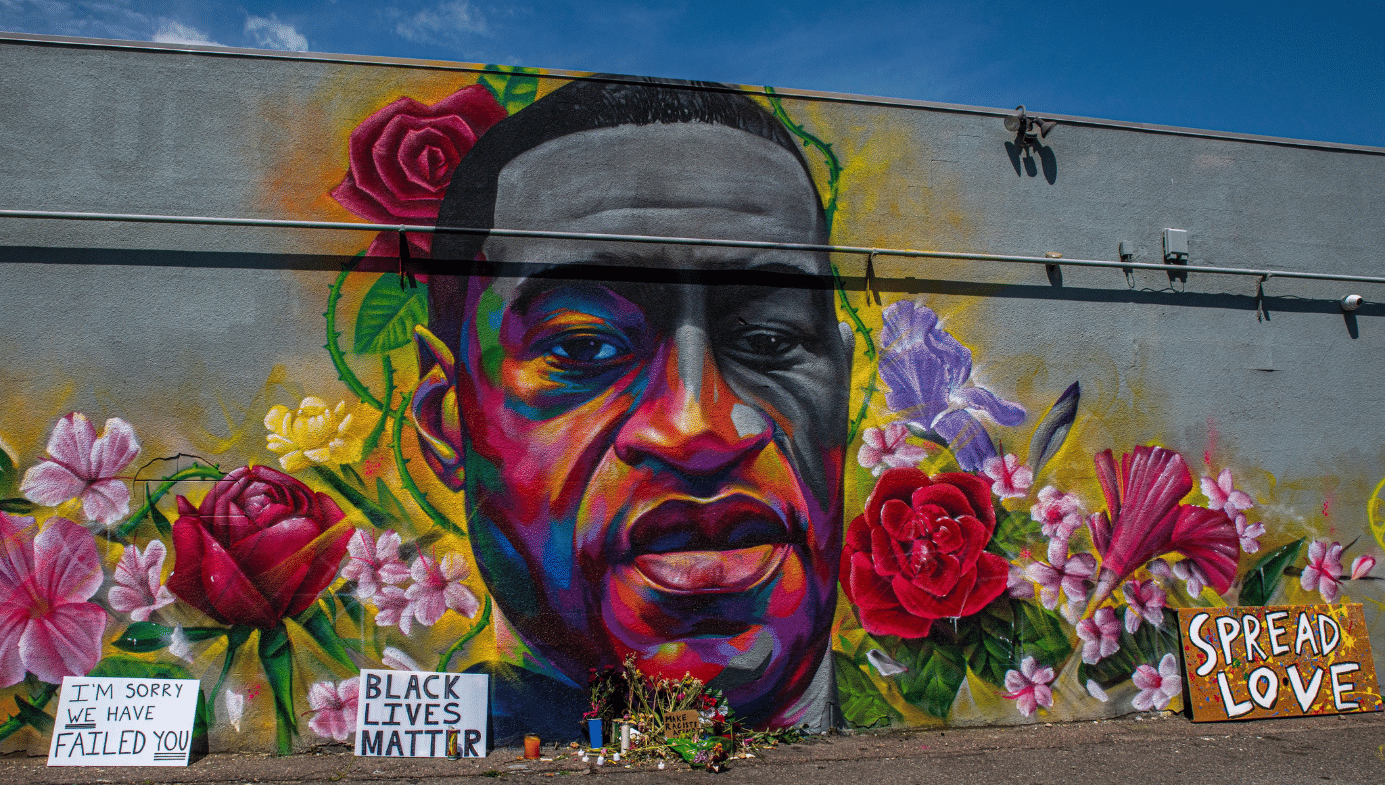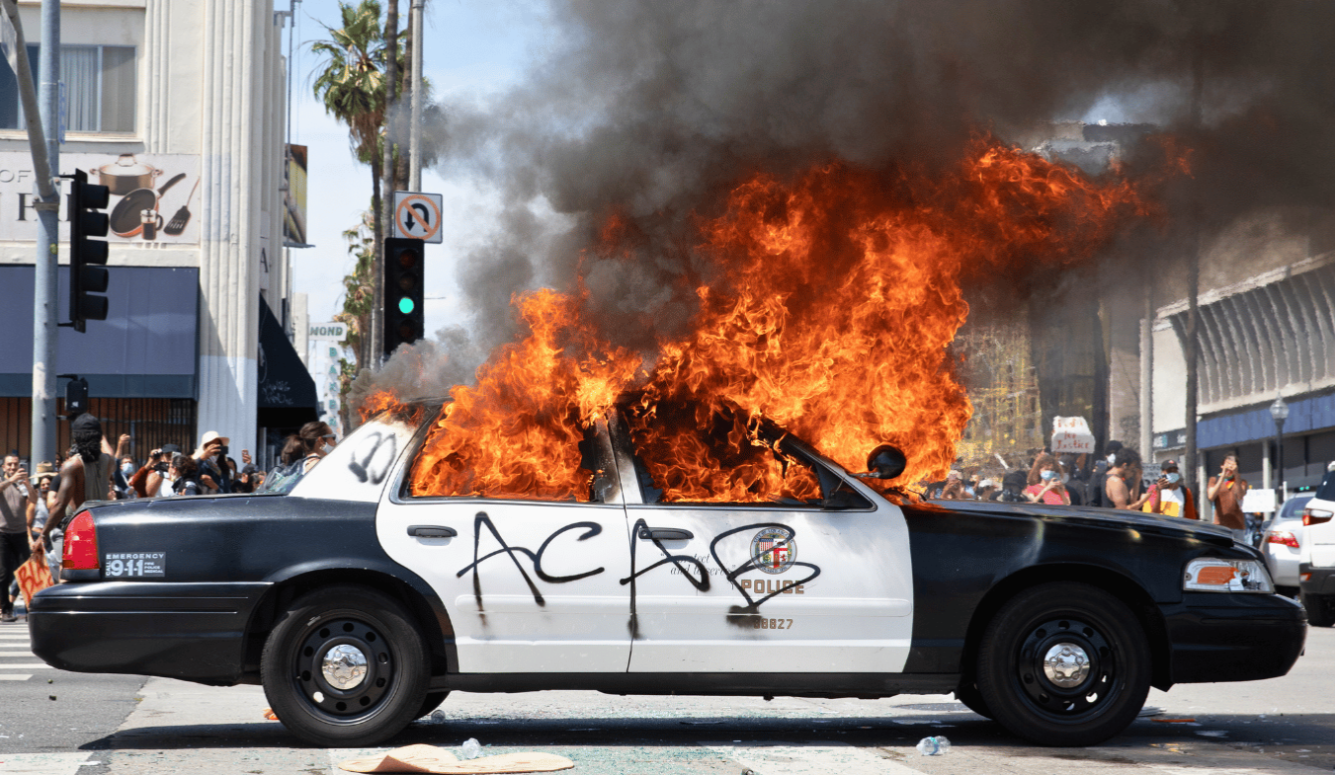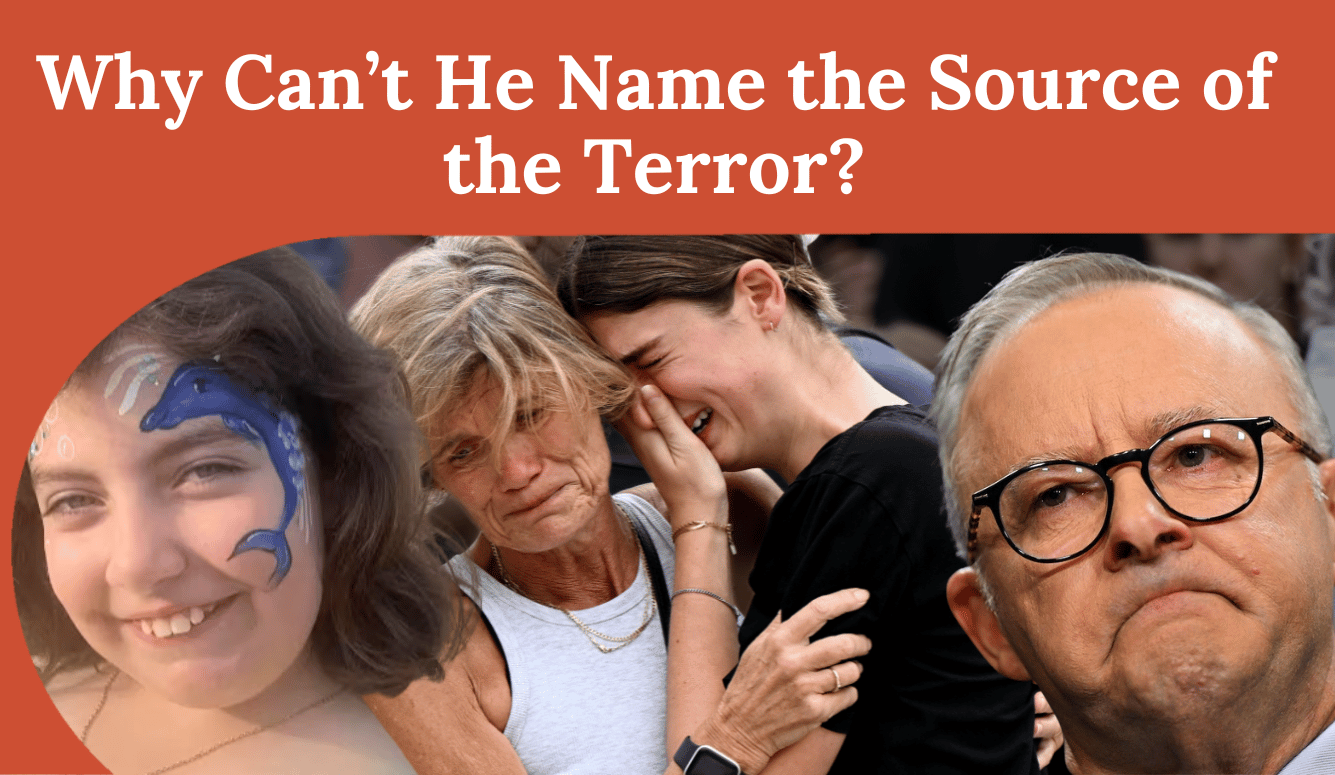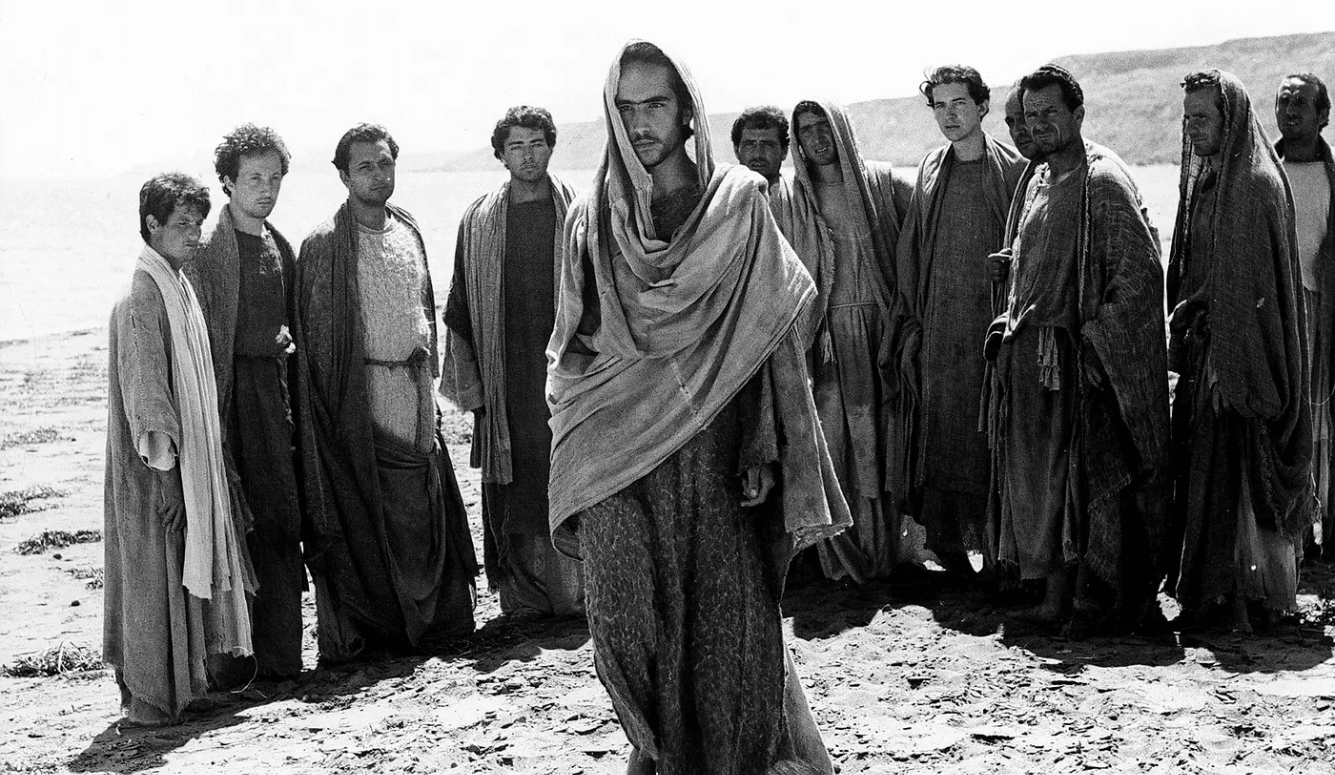Politics
The Murder of Iryna Zarutska
Why did this particular crime cut through the daily background noise of American violence?

On 22 August, a 23-year-old Ukrainian refugee named Iryna Zarutska was stabbed to death by a black male on a train in Charlotte, North Carolina, as she returned from work. The incident was captured on CCTV and produced outrage from many conservative commentators when it circulated online, but an oddly muted response from much of the media. Eleven days after the murder, CNN’s Abby Phillip made the following observation during a panel discussion about the crime: “People are murdered every single day in every city in America,” she remarked, “and every single one of those murders is terrible and a tragedy. But this particular one, I’m trying to understand why this has become such a flashpoint on the Right.”
The implied questions are worth addressing, since they suggest bad faith or an ulterior motive on the part of those outraged by this savage and senseless attack. Why did this particular killing cut through the daily background noise of American violence? And why did it elicit such a powerful reaction from the political Right? The answers lie in three interrelated concerns: (1) the inconsistency with which victims and offenders of different races are treated by mainstream media, (2) the problem of urban disorder and impunity, and (3) the characteristics of the victim herself.
Identitarian Media Bias
People are murdered every day in America, but not every murder is treated as newsworthy. Some are amplified into morality plays about “systemic racism” while others are dismissed as isolated tragedies, and this discrepancy generally follows an identitarian script dictated by a perverse view of social justice. When George Floyd died under the knee of a white police officer in 2020, his face appeared on murals from Berlin to Nairobi. Breonna Taylor and Michael Brown also became household names following their deaths at the hands of American law enforcement. But Tony Timpa and Daniel Shaver—both of whom were white victims of lethal police force—remain largely unknown in the public imagination. The difference is not the brutality of the incidents, but the racial frame within which they are reported.

These impressions are borne out by data. In a 2023 report for the Manhattan Institute, Zach Goldberg found that “The median unarmed black victim of a fatal police shooting receives nearly 21 times more news articles than the median white victim, an imbalance that likely distorts public perceptions of police violence.” A 2022 analysis by the Washington Free Beacon also found that “Before May of 2020, papers were roughly twice as likely to mention the race of a white (13 percent of stories) versus a black perpetrator (7 percent). After May of 2020, the numbers were 28 percent and 4 percent, a ratio of seven to one.”
In other words, there is a pronounced tendency to suppress information about black crime, and this racialised double-standard is obvious to millions of Americans. The Zarutska case struck a nerve because it inverted the usual script—a young white female refugee was brutally slain by a black man with a long criminal record on video, and yet the story barely registered in the pages of the legacy press or in headlines of mainstream broadcasters until it exploded on X. And when the story finally did appear in the New York Times, its reporters were less concerned with the circumstances of the murder itself than with how the incident had ignited a “firestorm” on the political Right.
During the CNN discussion segment broadcast on 8 September, Abby Phillip played a video clip of conservative activist Charlie Kirk—who was assassinated just two days later—making the following statement: “If a random white person simply walked up to and stabbed a nice law-abiding black person for no reason, it would be an apocalyptically huge national story used to impose national, sweeping political changes on the whole country.” Without pausing to consider whether or not what Kirk said was true, Phillip dismissed his statement as a cynical attempt to turn Zarutska’s violent death into a “reciprocal George Floyd situation.”
Urban Disorder and Impunity in the Post-Floyd Era
The Zarutska murder also fits a depressingly familiar pattern of preventable urban violence, particularly after the death of George Floyd and the ensuing Black Lives Matter (BLM) protests. The “fiery but mostly peaceful” riots that engulfed American cities in the summer of 2020 left an extremely destructive political legacy: demoralised police departments, slashed budgets, the election of prosecutors who de-emphasised basic law enforcement, and a broader climate of impunity. The results soon became apparent: a historic spike in crime, including homicide, shoplifting, and menacing behaviour on public transportation. Even as crime rates have begun to decline from their 2020–21 peak, low-level disorder persists—open drug use, fare evasion, and a pervasive sense that the authorities have lost control of public spaces.

The Charlotte video captured that climate in miniature. As Kat Rosenfield has argued, “we have fallen for the misguided idea that compassion and permissiveness are one and the same.” In practice, the taboo against insisting on order and decency has meant abandoning shared spaces—trains, platforms, sidewalks—to the most disturbed and dangerous people among us. The Daniel Penny saga, meanwhile, taught bystanders a cruel lesson: if you intervene, you may be punished, so the safest course is to do nothing.
Earlier this century, a “broken windows” strategy of attending to small offences, visible police patrols, and meaningful consequences for repeat violent offenders produced a generational decline in criminality. Unfortunately, those guardrails have since been loosened or dismantled. According to the local transit authority, the man who allegedly murdered Iryna Zarutska boarded his train without paying a fare—a minor offence, the prevention of which would have saved her life. More broadly, America has shuttered its psychiatric capacity without building robust, mandated treatment pathways, and stigmatised “mass incarceration” without guarding against chronic recidivism by violent offenders. The result is a revolving door in which untreated, high-risk offenders cycle through brief periods of detention and unenforced parole until, inevitably, someone pays the price.
For many Americans, Iryna Zarutska’s death symbolises the consequences of this ideology-first approach to criminal justice: ordinary, law-abiding people bear the cost of policies that prioritise leniency over safety.
The Charlotte case fits this mould. The murder suspect Decarlos Brown Jr. had a lengthy record of violent criminality and serious mental-health issues. In any properly functioning system, he would not have been at liberty to menace strangers on public transit. Instead, like so many other violent recidivists with untreated mental illness, he remained at large until he arbitrarily chose to attack a young woman on her way home from work. For many Americans, Iryna Zarutska’s death symbolises the consequences of this ideology-first approach to criminal justice: ordinary, law-abiding people bear the cost of policies that prioritise leniency over safety. In the words of Kyle Kirby, the Republican chairman of the Charlotte area, “She died because of our complacency.”
The Victim Herself
Finally, this senseless crime resonated because of who Iryna Zarutska was. She was neither a career criminal nor a drug dealer nor any other kind of lawbreaker participating in a dangerous lifestyle. She was a young woman who had fled war, found work in America, and was heading home from her shift when she was stabbed three times by a stranger for no reason. Compare her to the individuals elevated into icons by the social-justice movement. George Floyd had a long criminal history for which he had served several jail terms; Breonna Taylor’s boyfriend was a drug dealer; Michael Brown assaulted a store clerk minutes before his fatal encounter with a police officer. Yet their deaths, tragic as they were, were transfigured into myths of oppression and sainthood.
Zarutska, on the other hand, embodied the sort of immigrant success story Americans are supposed to celebrate: she was industrious and hopeful and her grotesque murder was entirely unprovoked. That is why her story elicited sympathy and outrage on the Right, and why it was met with icy indifference from many progressives. The mayor of Charlotte could barely muster compassion for Zarutska even as she lavished it on Zarutska’s assailant, while much of the media behaved as if there was something untoward or suspicious about conservative outrage. The contrast is telling. Some victims are sacralised while others are treated with indifference. The line is drawn not by compassion but by ideology.
Fairness and Care
At bottom, Abby Phillip’s remarks about the murder of Iryna Zarutska expose a deeper cultural divide. Social psychologist Jonathan Haidt’s moral foundations theory holds that conservatives place a strong emphasis on “fairness” and “proportionality”—punishing cheaters, rewarding those who play by the rules, and protecting the innocent from predators. Progressives, on the other hand, place greater emphasis on “care” and “liberation,” but struggle with proportionality, especially when it cuts against their preferred identity-based narratives.
So in the progressive moral matrix, the murder of George Floyd becomes evidence of systemic oppression, while the murder of Iryna Zarutska is just another crime or an opportunity to feel compassion for her killer. In the conservative matrix, it is the reverse: a hard-working immigrant murdered by a repeat offender is a paradigmatic symbol of unfairness and a profound violation of proportionality. To ignore that fact is itself immoral. But as Eric Kaufmann has argued in his book The Third Awokening: A 12-Point Plan for Rolling Back Progressive Extremism, progressive politics has sacralised certain identities, turning them into quasi-religious objects of reverence. When a member of a sacralised group is harmed, the response is ritualised grief and protest. When a member of a non-sacralised group is harmed by a member of the sacred group, silence is prudent.
Abby Phillip was right about one thing: people are being killed every day in America. But she was quite wrong to suggest that the conservative reaction to Iryna Zarutska’s murder was either sinister or opportunistic. The outrage is not about turning Zarutska into a “reciprocal George Floyd”; it is about demanding that her life be acknowledged as worth mourning, her death as worth preventing, and her story as worth telling.






